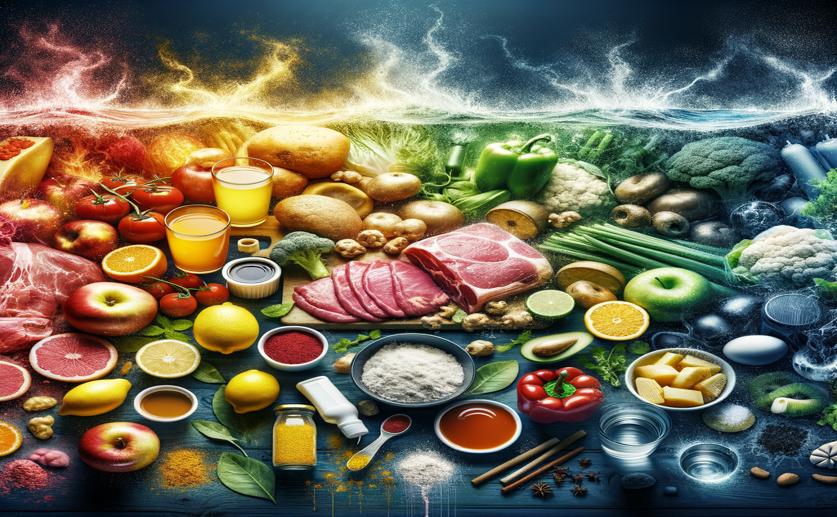
Cancer Risk from Chemicals in Food, Water, and Vegetables
Jenn Hoskins
24th July, 2024

Image Source: Natural Science News, 2024
Key Findings
- Researchers at the University of Calabar, Nigeria, found that PAH levels in water, oil, vegetables, and food samples were generally within safe limits set by the EPA and WHO
- Surface water had significantly higher levels of certain PAHs compared to borehole water, indicating a greater risk of PAH exposure from surface water
- Barbecued foods like pork, potato, and corn had much higher PAH levels than their fresh equivalents, suggesting that high-temperature cooking increases PAH concentration
References
Main Study
1) Polycyclic aromatic hydrocarbons content of food, water and vegetables and associated cancer risk assessment in Southern Nigeria.
Published 23rd July, 2024
https://doi.org/10.1371/journal.pone.0306418
Related Studies
2) Review of PAH contamination in food products and their health hazards.
3) Bioaccessibility of Polycyclic Aromatic Hydrocarbons (PAHs) in Grilled Meat: The Effects of Meat Doneness and Fat Content.



 4th March, 2024 | Jim Crocker
4th March, 2024 | Jim Crocker